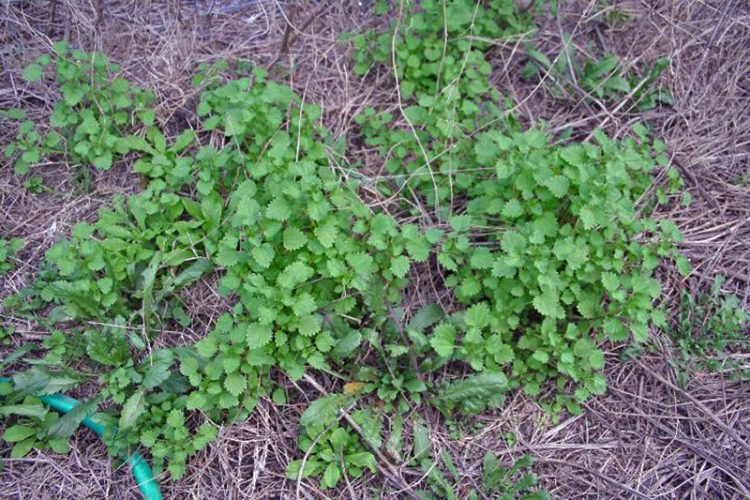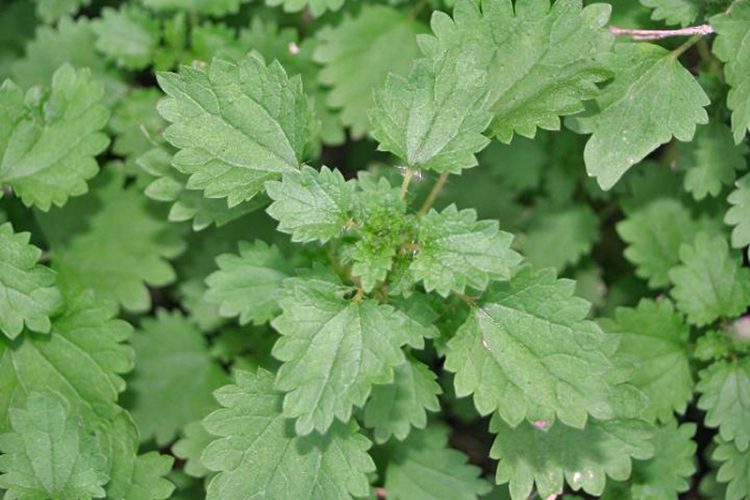
Fireweed is anannual weed species commonly found in pastures in late winter and spring, particularly in bareground areas near feeding pens and under fences, and along tree lines where forage grasses are less dense. Credit Brent Sellers, UF/IFAS
–
Evan Anderson, UF/IFAS Extension Walton County
One of the easiest pasture weeds to identify in our area has a rather plain appearance, but a single touch will tell you all you need to know. Fireweed, also known as heartleaf nettle, may not look flashy, but come into contact with it, and you’ll be seeing stars.
Fireweed, (Urtica chamaedryoides), is a close relative of stinging nettle, and possesses the same stinging hairs that make its cousin such a nuisance. It typically grows 1-3 feet in height, with square stems and leaves reminiscent of strawberry leaves, but smaller. Leaves and stems are covered in tiny hairs, each of which is a tube filled with irritating chemicals that cause pain, itching, and swelling.
–
Preferring areas with little competition from grasses, it is a common sight in pastures, especially along fences and tree lines. The plant’s seeds are coated in a sticky substance, so animals may transport them to areas that have never had an infestation before.
Cattle tend to avoid grazing on fireweed, but horses will occasionally attempt to eat it. This can cause difficulties in breathing or eating, and some ——weight loss may result.
Thankfully, there are control options available for this weed. Mowing is not advised, as shorter plants regrow with even more stinging hairs, and the plant’s sticky seeds can be spread by mowing equipment. Instead, chemical control is more effective. The selective herbicides Remedy, PastureGard HL, and GrazonNext HL all demonstrated excellent control in trials. In addition, fireweed is a winter annual, meaning that populations decline as soon as temperatures grow warmer. In North Florida, this is usually around May.
For more information, please use the following publication link: Fireweed Control in Pastures, or contact your local Extension Office.
- When Grasses Collide – Centipede vs. Bahiagrass in Your Pasture - August 26, 2022
- Time to Think About Pond Weeds - March 18, 2022
- Avoiding Pesticide Resistance - September 24, 2021

